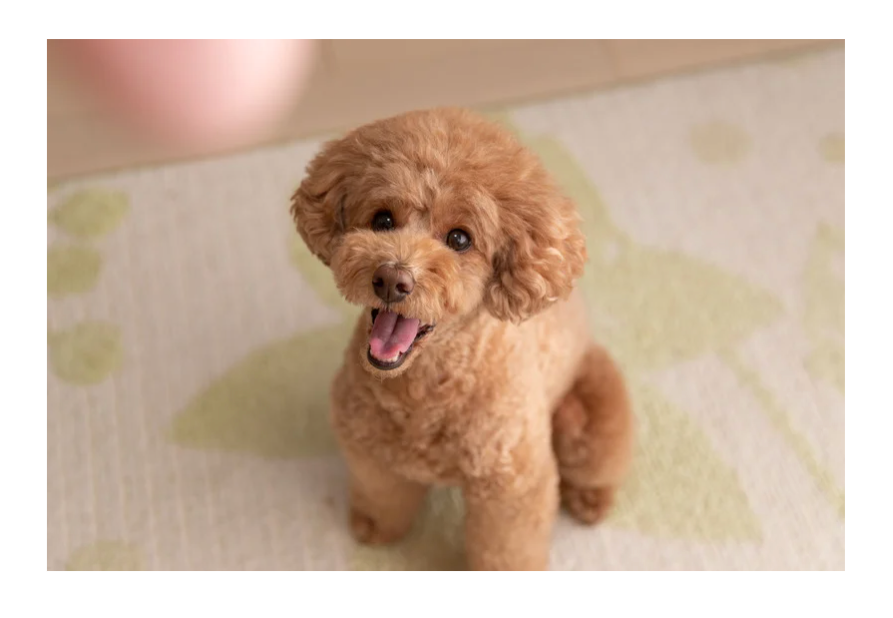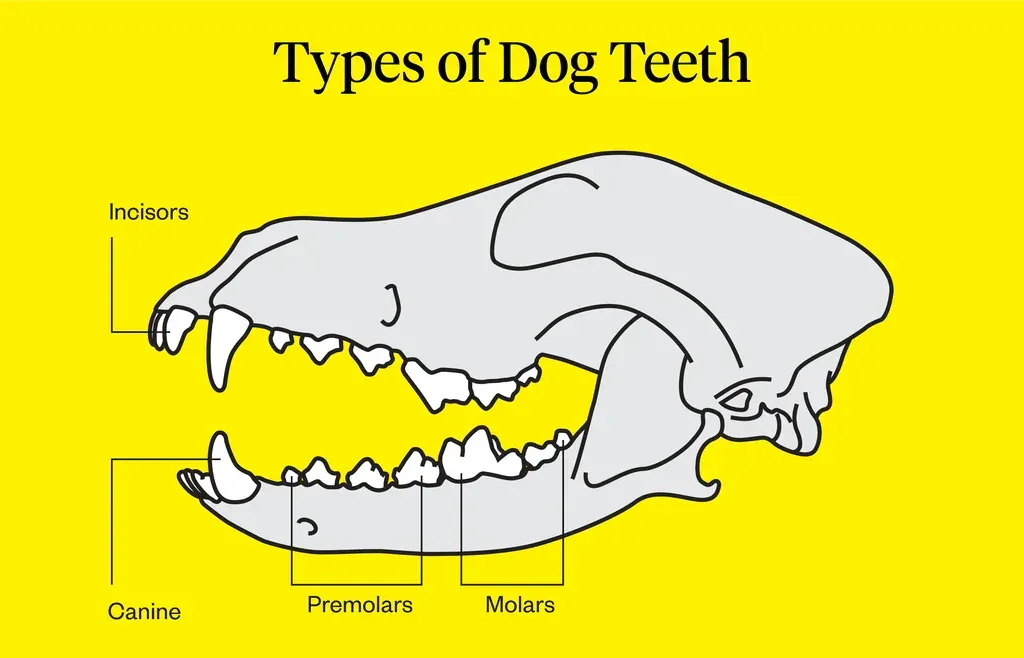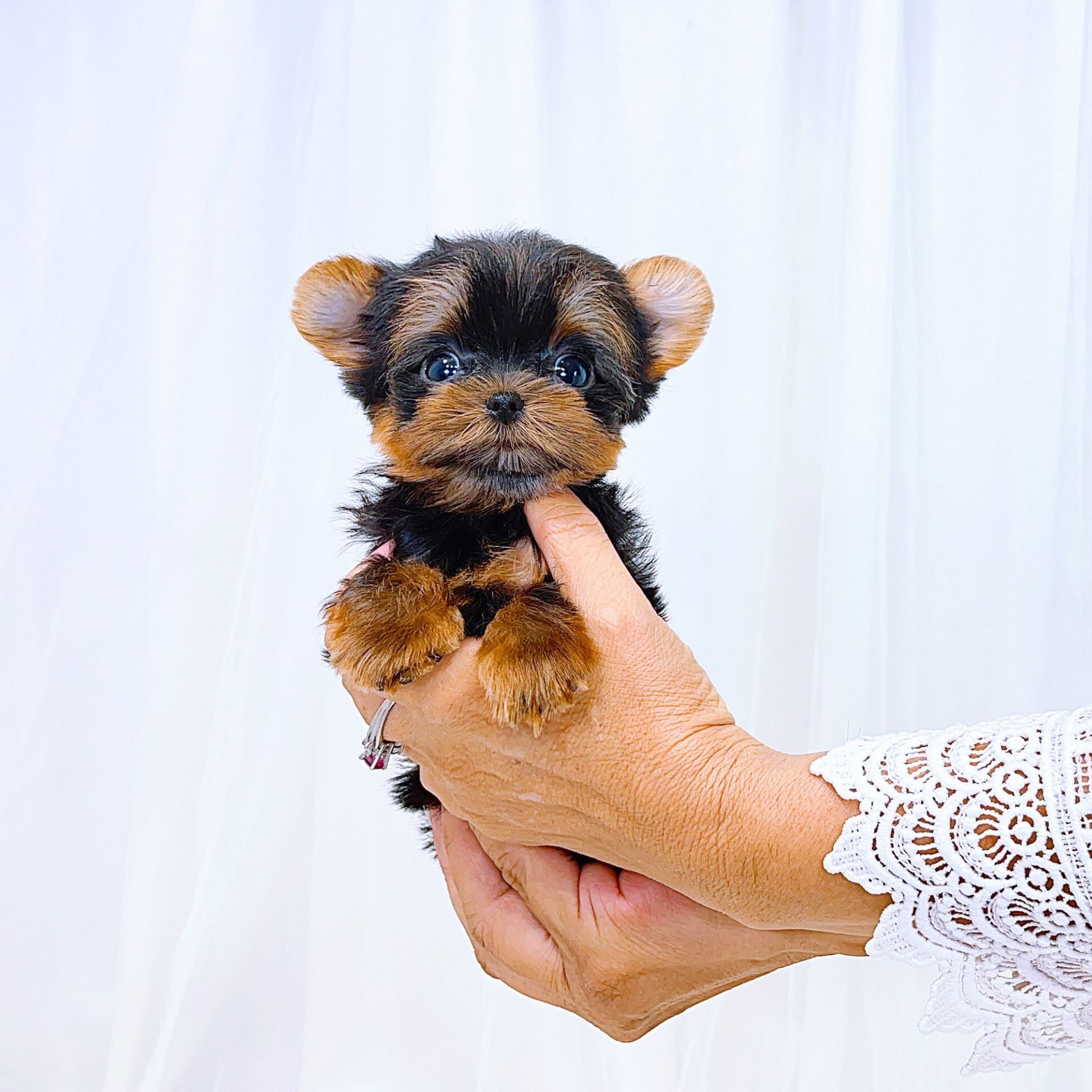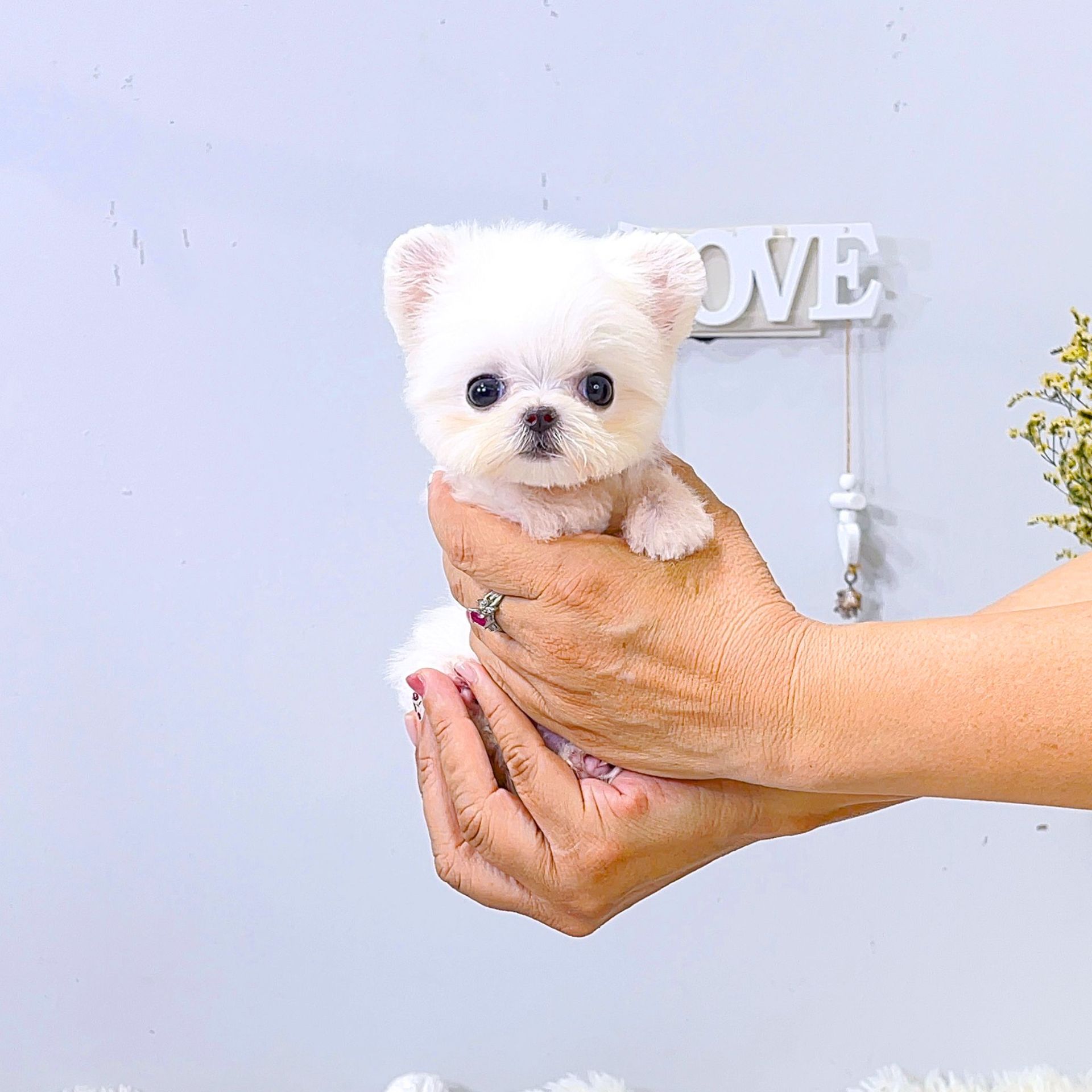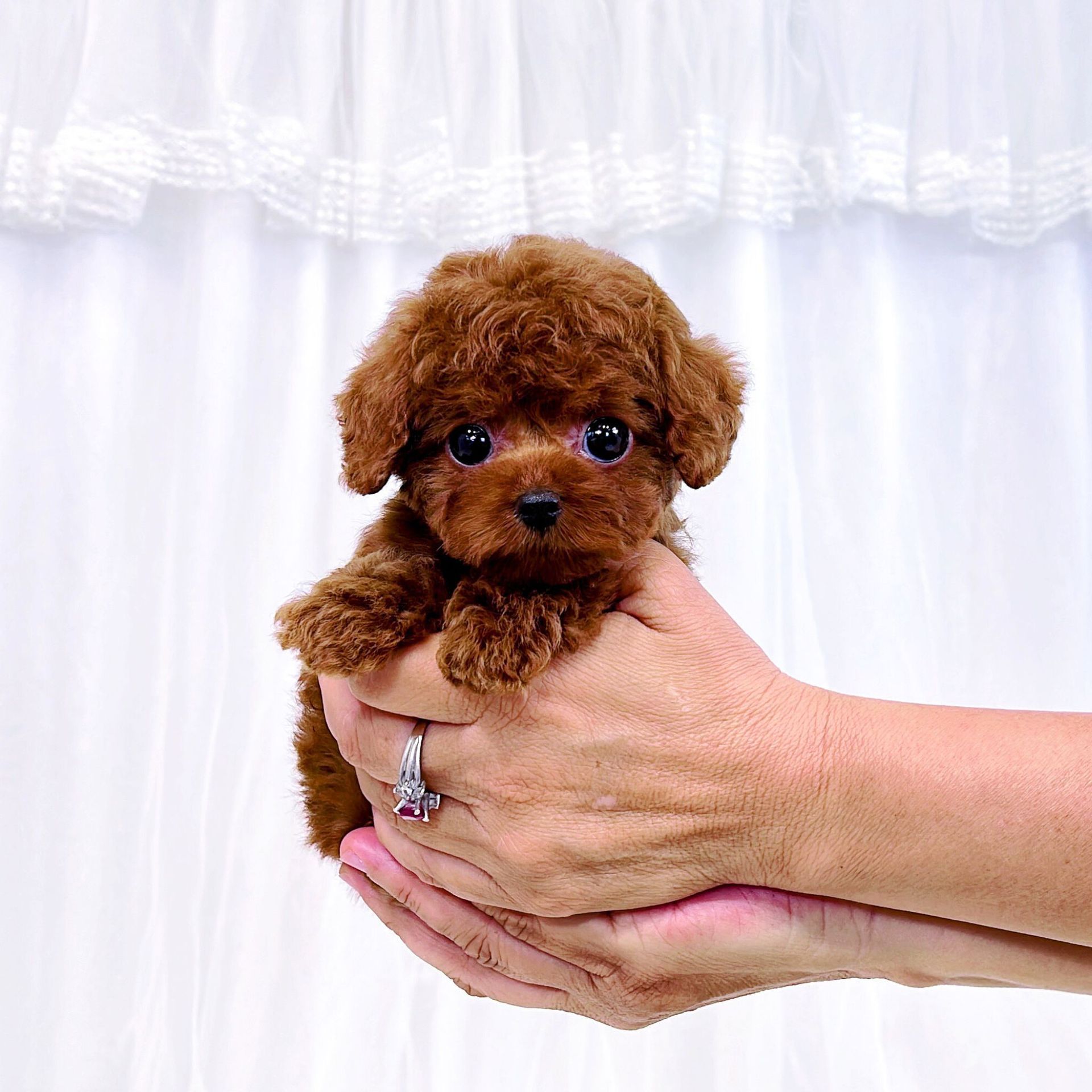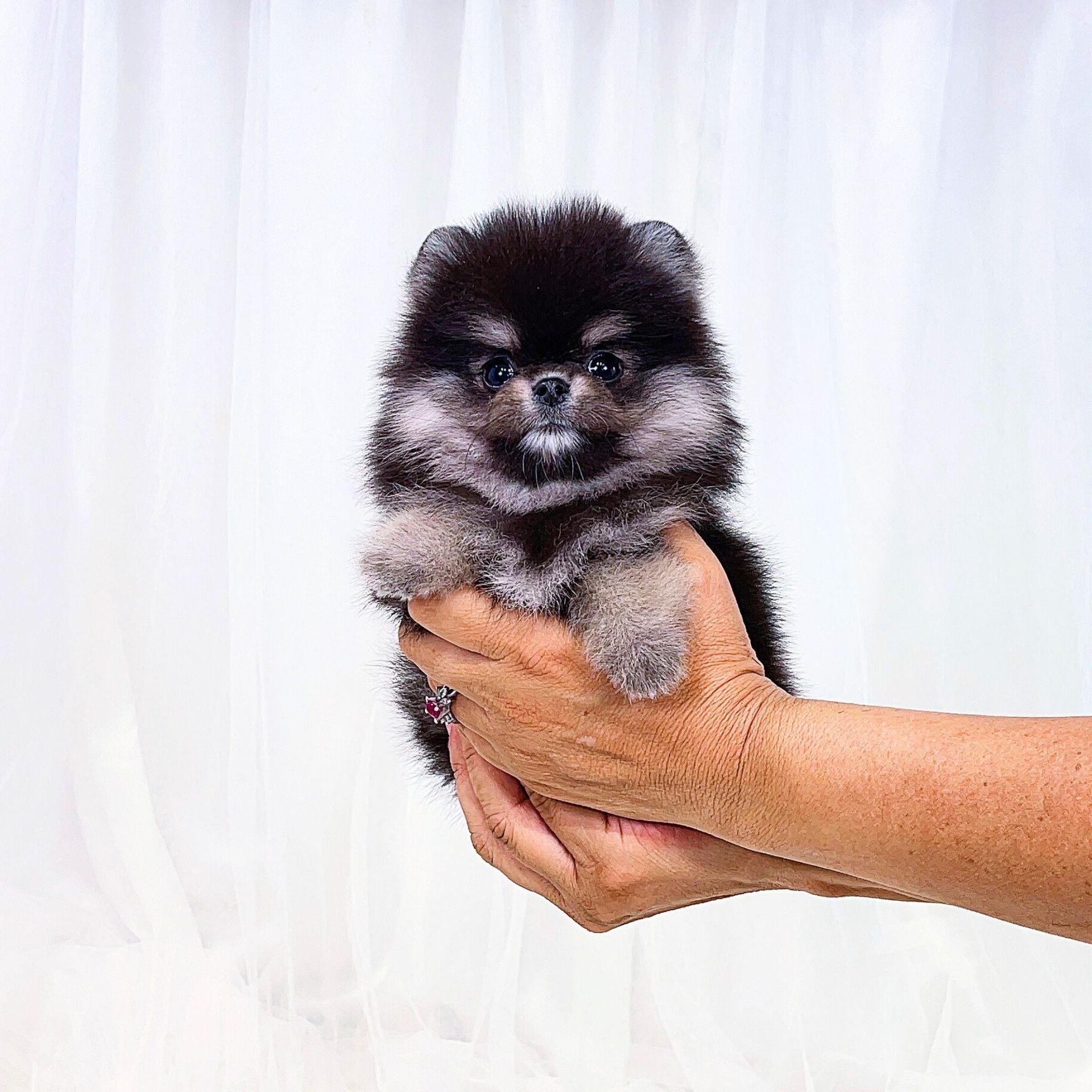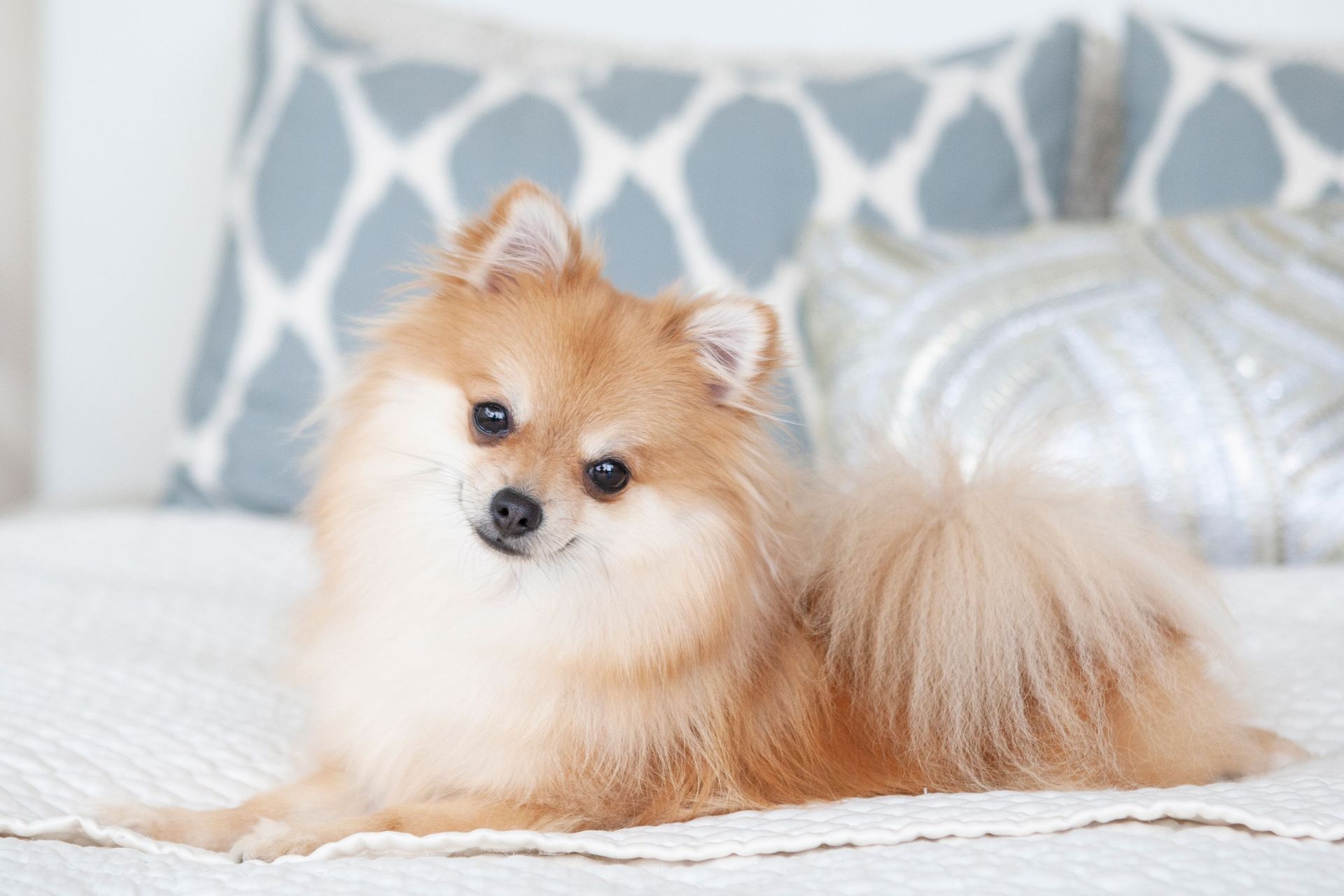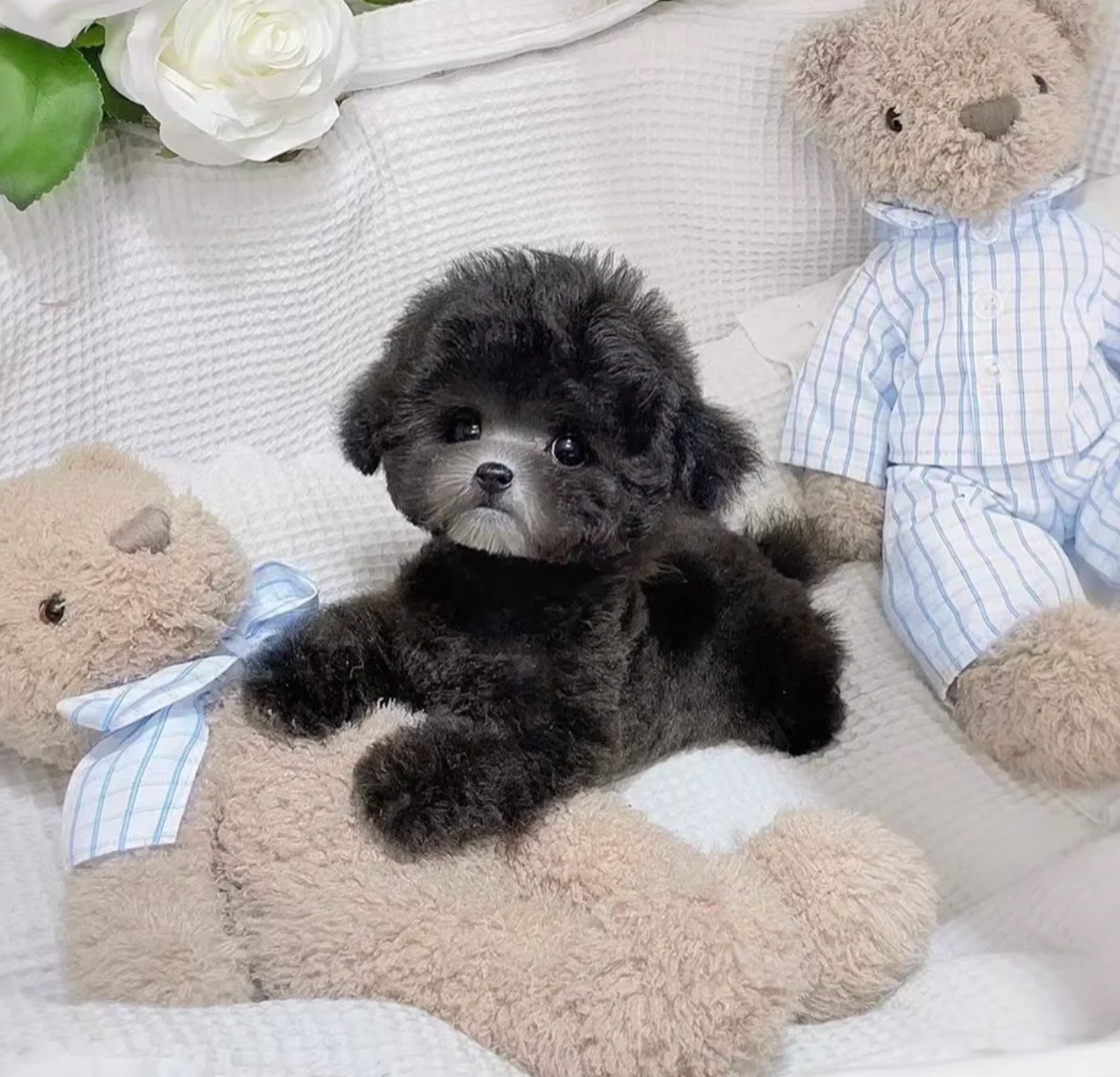Call Us Today!
The Importance of Teacup Puppies' Baby Teeth: What You Need to Know
When you bring a teacup puppy into your home, you're not just welcoming a new furry friend; you're also embarking on a journey filled with love, joy, and, yes, a bit of dental care. One of the most adorable aspects of teacup puppies is their tiny baby teeth. These little teeth play a significant role in their development, and understanding this stage can help you provide the best care for your pup.
The Timeline of Teacup Puppy Teeth
Teacup puppies are born with no teeth, but within the first few weeks of life, their baby teeth begin to emerge. By around three weeks old, you can expect to see the first signs of these tiny pearly whites. The full set of baby teeth, usually numbering around 28, typically erupts by six weeks of age.
As teacup puppies grow, their baby teeth will eventually fall out, making way for adult teeth. This process, known as teething, generally begins at around four months of age and can last until the puppy is about six months old. During this time, you may notice your puppy chewing on various objects to relieve the discomfort associated with teething.
The Importance of Baby Teeth for Teacup Puppies
While they may seem small and insignificant, baby teeth serve several crucial functions for teacup puppies:
1. Nutrition: Baby teeth help puppies chew and eat solid food, which is vital for their growth and development. Proper nutrition during this stage sets the foundation for a healthy adult dog.
2. Jaw Development: Chewing helps to develop the jaw muscles and bones, ensuring that the puppy grows into a strong and healthy adult dog.
3. Socialization: Puppies use their mouths to explore the world around them. This exploration is vital for socialization, helping them learn about their environment and interact with other dogs and humans.
4. Preparation for Adult Teeth: Baby teeth guide the adult teeth into the correct position as they come in. If baby teeth don’t fall out on schedule, it can lead to misalignment and dental issues later in life. Therefore, we recommend two ways to manually remove your puppy’s baby teeth in case it doesn’t fall out due to slow growth,
- Remove it yourself gently and make sure it doesn’t hurt the puppy
- During the Spay/Neuter procedure, kindly ask your vet if they can remove it for you.
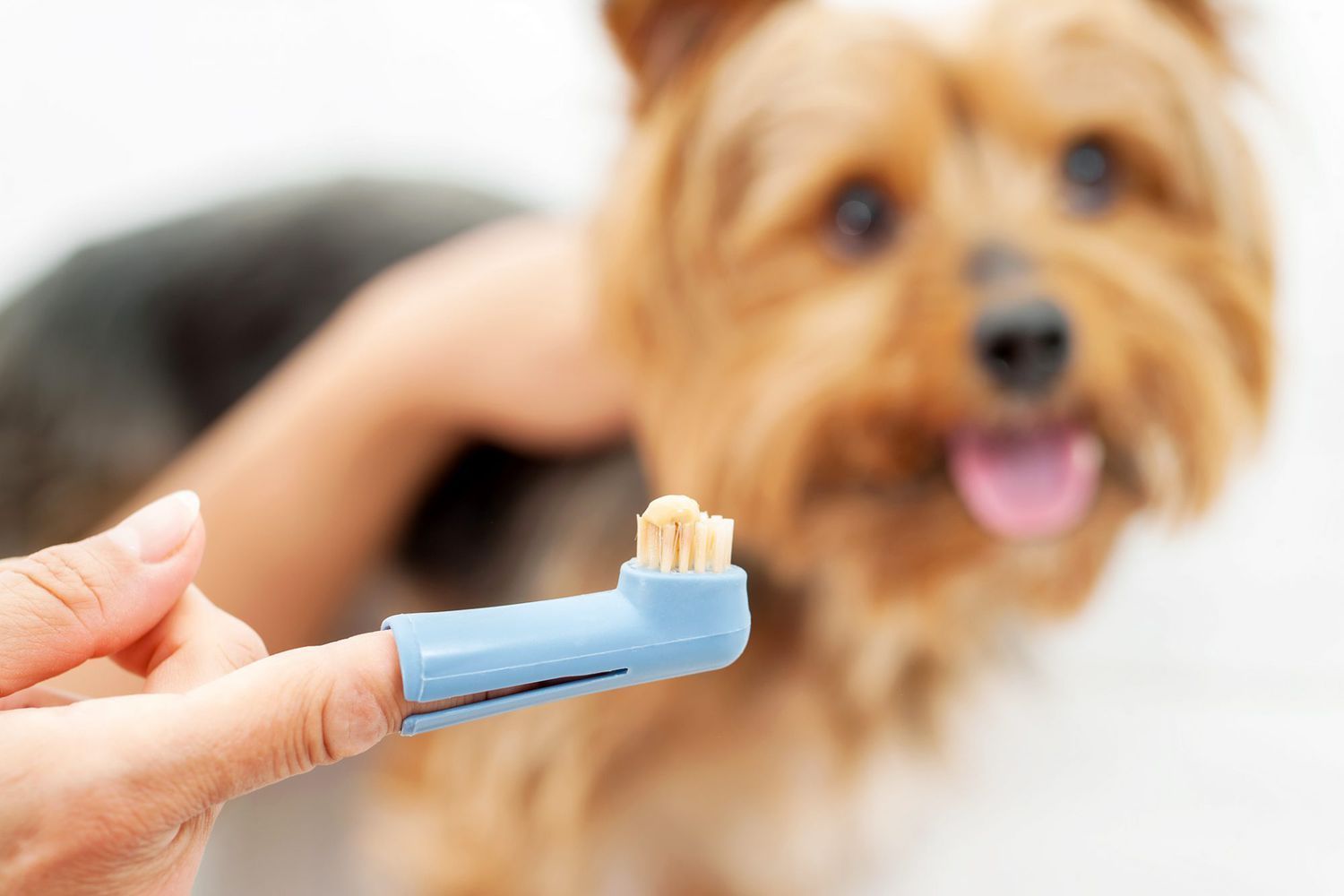
Caring for Your Teacup Puppy’s Teeth
Maintaining your teacup puppy’s dental health is essential from a young age. Here are some tips to ensure their tiny teeth remain healthy:
1. Chew Toys: Provide appropriate chew toys to help soothe your puppy's gums during teething. Look for toys specifically designed for puppies, as these are softer and gentler on their developing teeth.
2. Dental Hygiene: Start a dental care routine early by gently brushing your puppy's teeth with a dog-specific toothpaste. This will help establish good dental hygiene habits and prevent future dental problems.
3. Regular Vet Checkups: Schedule regular veterinary checkups to monitor your puppy's dental health. Your vet can provide guidance on proper dental care and address any concerns that may arise.
4. Watch for Signs of Trouble: Keep an eye out for any signs of dental issues, such as difficulty eating, swollen gums, or bad breath. If you notice any of these symptoms, consult your veterinarian promptly.
Teacup puppies' baby teeth may be small, but they play a significant role in their overall health and development. By understanding the importance of these tiny teeth and providing proper care, you can help ensure your puppy grows up to be healthy and happy. Embrace this delightful stage in your puppy’s life, and don’t forget to shower them with love and attention as they navigate the challenges of growing up!


